
Cherbourg is a maritime town well known for museums and religious monuments, but it has a historic centre and port area that is well worth a visit.
There are a number of things to do in Cherbourg, including the Cité de la Mer, which is a family attraction based on man’s adventures under the sea. Themed on the Titanic, it is an exhibition like nowhere else in France.
The wider Cotentin peninsula features an abundance of charming villages, bustling towns, apple orchards, cider presses and châteaux with landscaped gardens.
If you decide to take your car you can explore the wider region of Normandy. Discover Normandy’s’ rugged coastline, charming villages, the famous Mont St Michel and the beaches of the D-Day Landings.
Top Things to Do in and Around Cherbourg
1. Cité de la Mer Museum
Cité de la Mer is several things in one – a gallery, a museum, major exhibition and an aquarium – and it was most recently was voted Le monument préféré des Français, beating 13 other fabulous monuments across France to the title.
It stands adjacent to the ferry port in Cherbourg, where the impressive art-deco building once housed train travellers to Paris and transatlantic cruise passengers for more than a century. It was designed so travellers could walk from their train directly to their ocean liner. The museum is split into five zones:
- Gallery of Machines and Men: Discover the champions of deep diving.
- Aquariums: 17 tanks with more than 1,000 tropical fish.
- Le Redoutable: Largest submarine museum in the world.
- Titanic, back to Cherbourg: Images of and testimonies from those on the ill-fated liner.
- We walked under the sea: Virtual adventure in the heart of the deep sea.
Ideal for families, visitors should be prepared to spend up to a whole day here.
2. Manufacture le Parapluie
A quirky museum paying homage to the umbrella. Worth a potter for an hour to discover the manufacturing process of the umbrella, through free and guided tours, and its history and see the various creations on display.
3. Parc Emmanuel Liais
This former garden of the French botanist, Emmanuel Liais is now a public park. It is well-tended and retains the character of a 19th-century garden. With a surface area of one hectare, the garden boasts a large collection of exotic plants and in the greenhouses, over 400 species of plants are on display. Visitors can easily immerse themselves for a few hours here.
4. Rade de Cherbourg
The defensive system of the port of Cherbourg is based on several fortified edifices of exceptional historical interest, dating back to the 18th century. Visitors can take a one-hour cruise in sheltered waters along the Cherbourg seafront and discover the largest artificial harbour in the world and its construction.
5. Musée d'Art Thomas-Henry
This museum features around 300 artworks, mainly paintings from the 15th to 19th centuries. It has been rated as the third most important collection in Normandy. The collection is wide-ranging and it has been nicknamed the 'Little Louvre’ It notably includes a large number of paintings and sculptures by local artists.
6. Cidrerie-Distillerie Théo Capelle
Cidrerie Théo Capelle produces cider, calvados and a range of aperitifs, it's a farm well worth visiting for cider tours and tasting. It's also ideal for a picnic and for meeting the local celebrity donkeys, Jasmine and Ficelle on the farm.
7. Liberation Museum (Musée de la Libération)
This impressive military museum stands proudly on the Roule mountain, overlooking Cherbourg. It depicts the role played by Cherbourg in WWII, as it was the first freed from occupation and is of significant historic importance.
The exhibits consist of over 4,000 objects including uniforms, weapons, transmitters, press and leaflets, the first French naval flags and flags taken behind the enemy lines of Africa and Europe.
8. Basilique Sainte-Trinité
The church of Cherbourg was first built in 435 but destroyed in 841 during the Normand invasions. It has been rebuilt more than once since then and now is a Gothic church, completed restored in the 1800s and is considered the first neo-gothic work in France.
9. Weekly markets
There are several different markets in Cherbourg, with most taking place on Thursdays and Sundays. This is where locals go to buy their fruit and vegetables, cheese, cider, meat, fish, bread, biscuits, cake, and calvados.
A flea market is held on the first Saturday of each month around the Basilica of Sainte-Trinité. In the summer, there is a Thursday evening arts and crafts market that attracts local artisans, farmers, and producers.
10. Shopping – hypermarkets
The two largest hypermarkets in and around Cherbourg are Auchan and Carrefour. Unsurprisingly, they stock a vast selection of everything from electronics, housewares, clothes, cheese, meats, wines, pastries etc. There is an array of shops and places to eat and well worth a visit if you are with your car to stop up on local produce.
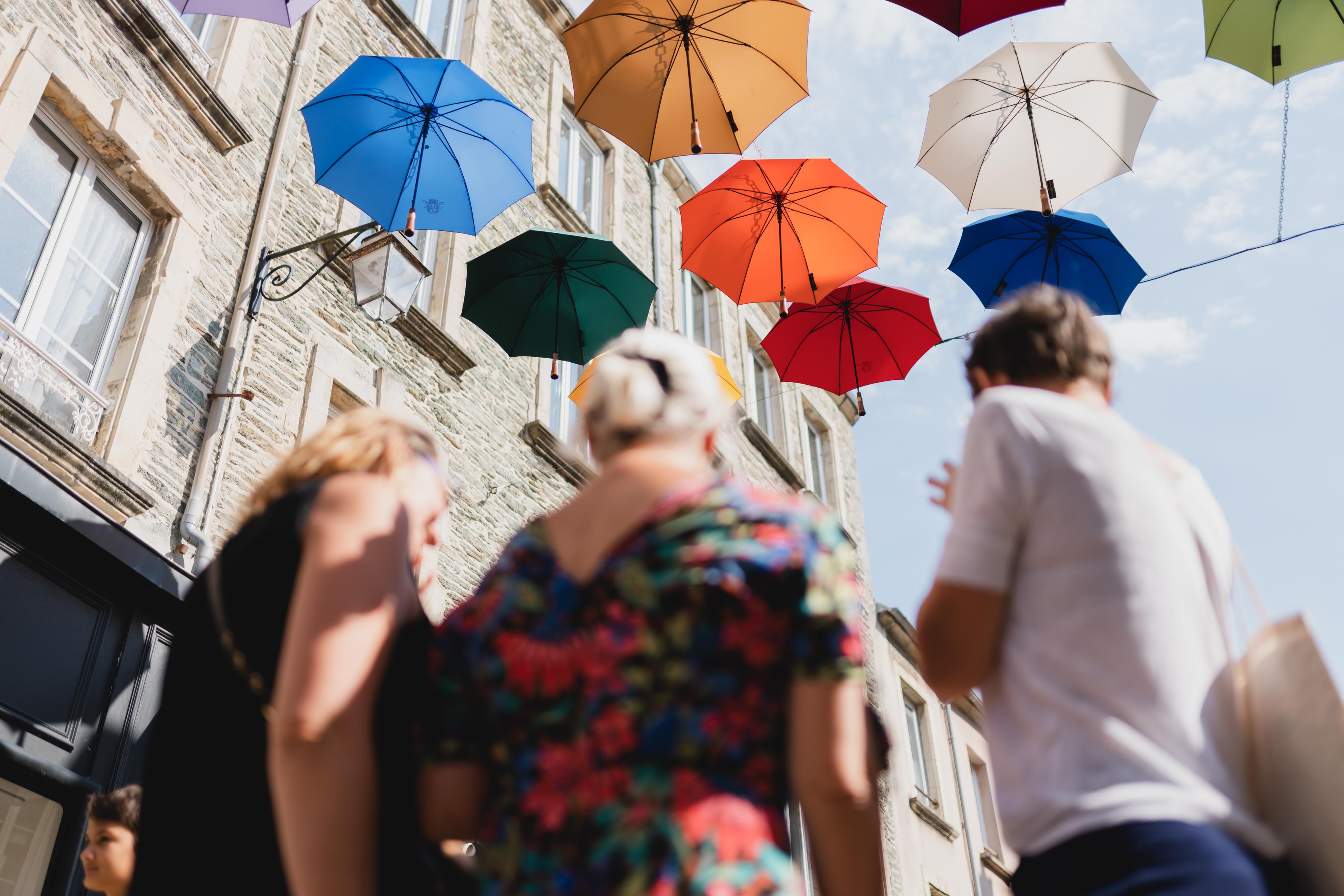
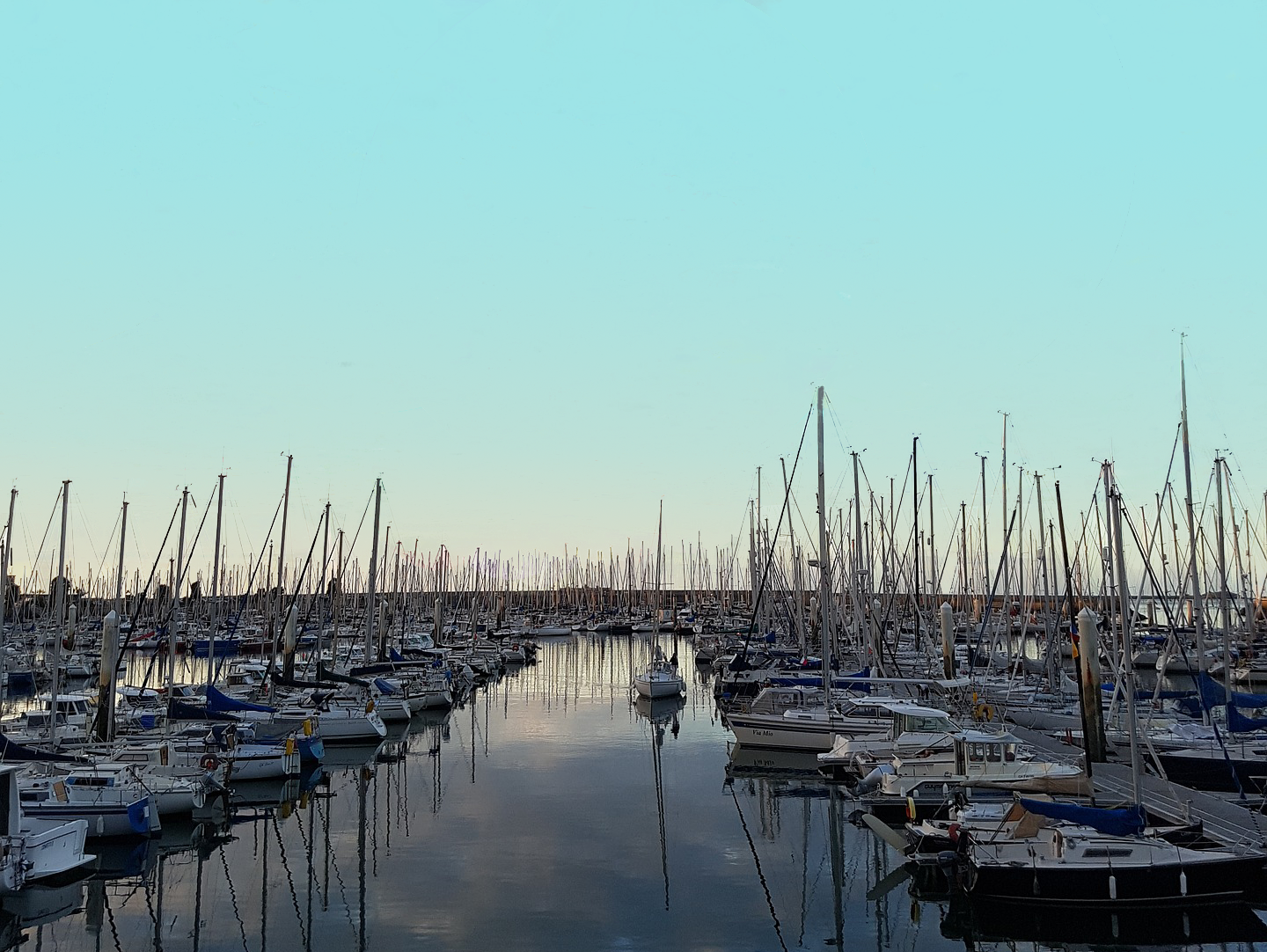
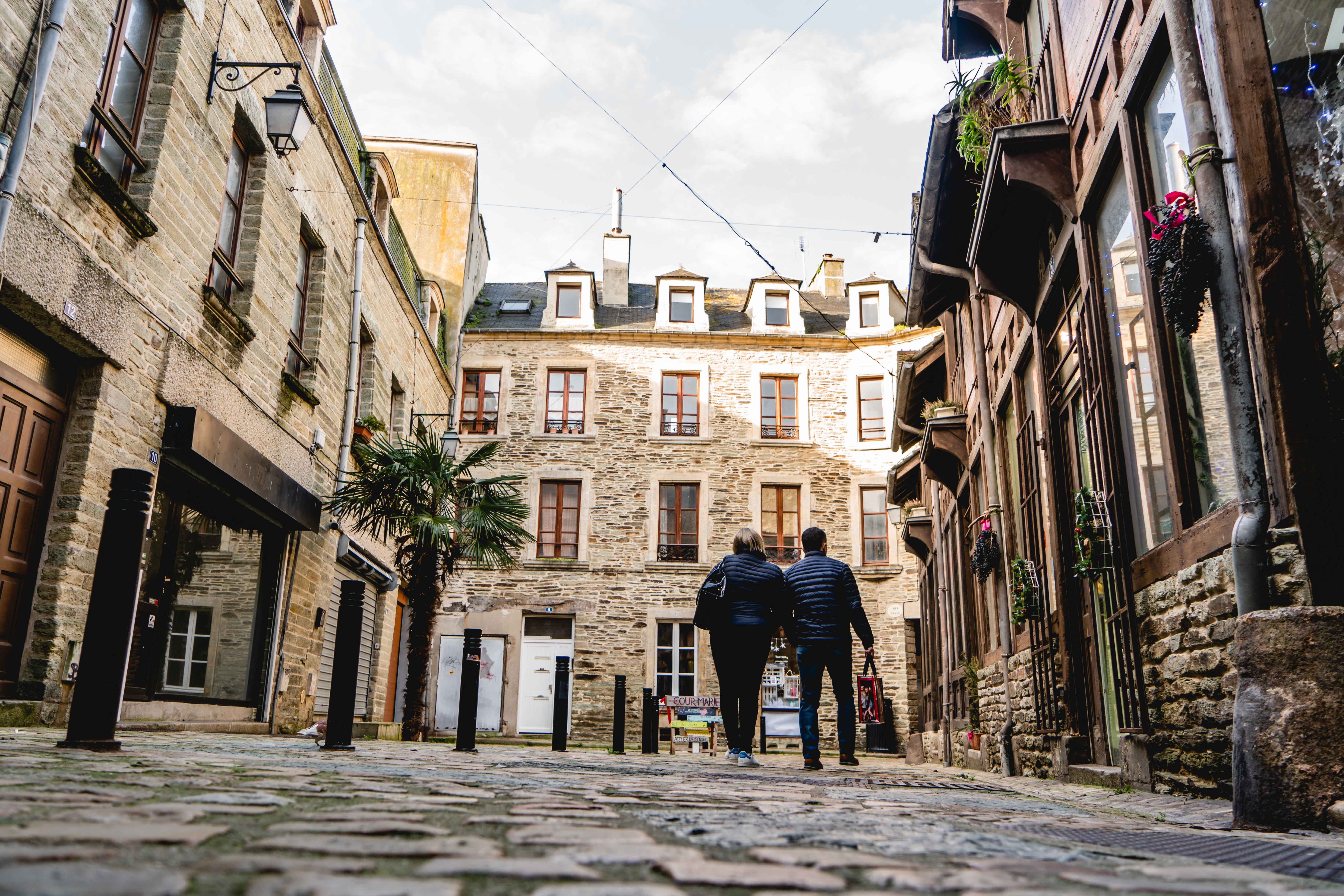
Take your car to discover more of Normandy
Taking your car on a road trip helps you capture the rugged beauty and tranquillity of the Normandy coast which bears similarities with the Islands, the opportunity to visit places otherwise inaccessible by public transport, and the rich history of this part of France. This includes charming villages and bustling towns, the important locations of the WWII D-Day Landings, and historic sites such as Mont St Michel.
Barfleur
Overlooking the English Channel on the northeastern corner of the peninsula, this picturesque port has strong historic links with England and is known as the prettiest village in France.
With sturdy granite houses and tempting restaurants dotted around the port, Barfleur paints a glorious picture of a traditional Norman fishing harbour.
Barfleur is well known for its mussels and a great place to sample traditional moules frites with a glass of Muscadet ain one of the harbour-side restaurants. A particular variety, known as Barfleur blondes, have been recognised for their quality for quite some time.
D-Day Landings
The Normandy landings were the landing operations and associated airborne operations on Tuesday, 6 June 1944 of the Allied invasion of Normandy in Operation Overlord during World War II. Often referred to as D-Day, it was the largest seaborne invasion in history. The operation began the liberation of France (and later Western Europe) and laid the foundations of the Allied victory on the Western Front.
Follow in the footsteps of the Allies and visit the five D-Day beaches and numerous museums. These include The Arromanches Museum, The Overlord Museum in Colleville-sur-Mer, Omaha Beach Memorial Museum, and the must-see Memorial in Caen.
There are numerous tours of the area plus visitors can take their car on a road trip around the sites.
Airborne Museum, Sainte-Mère-Eglise
This is situated in the square of this small town, a few miles from the beaches, facing the church where U.S. paratrooper John Steele famously was caught on the steeple. The museum relates the heroic adventures of paratroopers of the 82nd and 101st Airborne Division.
The museum itself features 10,000 items, including the CG-4 glider and the C-47 Dakota, along with equipment used by generals James Gavin, Matthew Ridgway, J. Lawton Collins and John Steele’s military decorations.
The items on exhibit from World War II were used by paratroopers who jumped into Sainte-Mère-Église during the Battle of Normandy. The museum contains mostly American equipment, but there are some replicas of German military equipment from the period. At least a hundred uniformed dummies are used to model uniforms and equipment of the period.
Mont St Michel
Mont Saint-Michel is well worth a trip, either from Cherbourg or from St Malo, which is just an hour from this tiny island.
It hosts an abbey built in the Gothic style dedicated to the archangel Saint-Michel. The island is home to less than a hundred people but has been an important pilgrimage site since Medieval times.
Visiting Mont Saint-Michel is one of the most famous French landmarks. It has been inscribed on the UNESCO list of World Heritage Sites because of its unique appearance and importance to the history of Christianity.

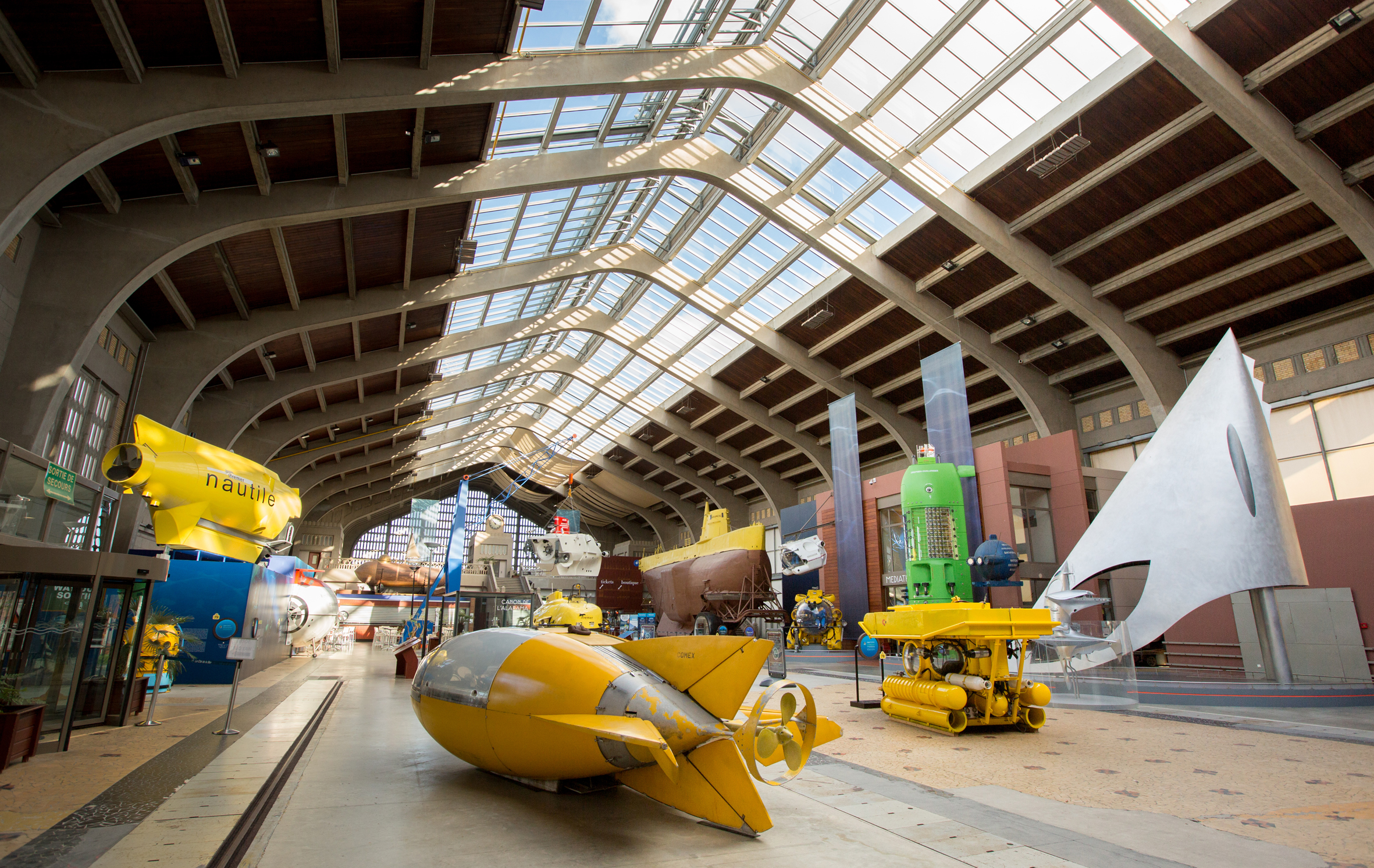
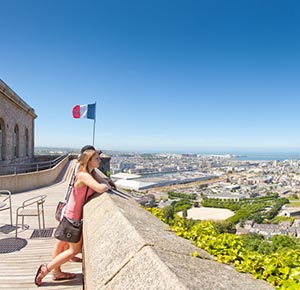
Discover the culinary delights of northern France
Seafood
With its extensive coastline, seafood is one of Normandy's specialities. Delights include oysters from Saint-Vaast-La-Hougue and mussels from Barfleur, along with clams, whelks, and scallops from the Manche and Calvados départements and herrings from Seine-Maritime. Restaurants such as the Hotel de France et Fuchsias in Saint Vaast specialise in seafood.
Biscuits
Normandy is the home of some fabulous artisan biscuits, from sweet and savoury cookies to meringues, shortbreads, petits fours. Check out La Maison du Biscuit in Sortosville-en-Beaumont, outside of Cherbourg.
Cheese
All four of the famous cheeses emanating from Normandy hold the coveted PDO certification. These quality labels are also villages – Camembert, Livarot, Pont-l'Evêque and Neufchâtel – and you can take these in on the Route du Fromage. Find out how those French famous cheeses are made and enjoy some tastings along the way.
Tipples
The abundance of apples which flavour both savoury and sweet dishes also means that Normandy boasts a wide range of other apple bi-products, most notably cider, poiré (pear cider), pommeau (apple liqueur) and calvados (apple brandy).
Another liqueur from the Normandy region is Bénédictine, which can be drunk as an aperitif before a meal, or afterwards as a digestive.
Condor operates a twice weekly high speed service to Normandy from Guernsey, offering a perfect long weekend away, midweek break or longer. Sailings run Thursdays/Fridays and Mondays, up to 25 September.
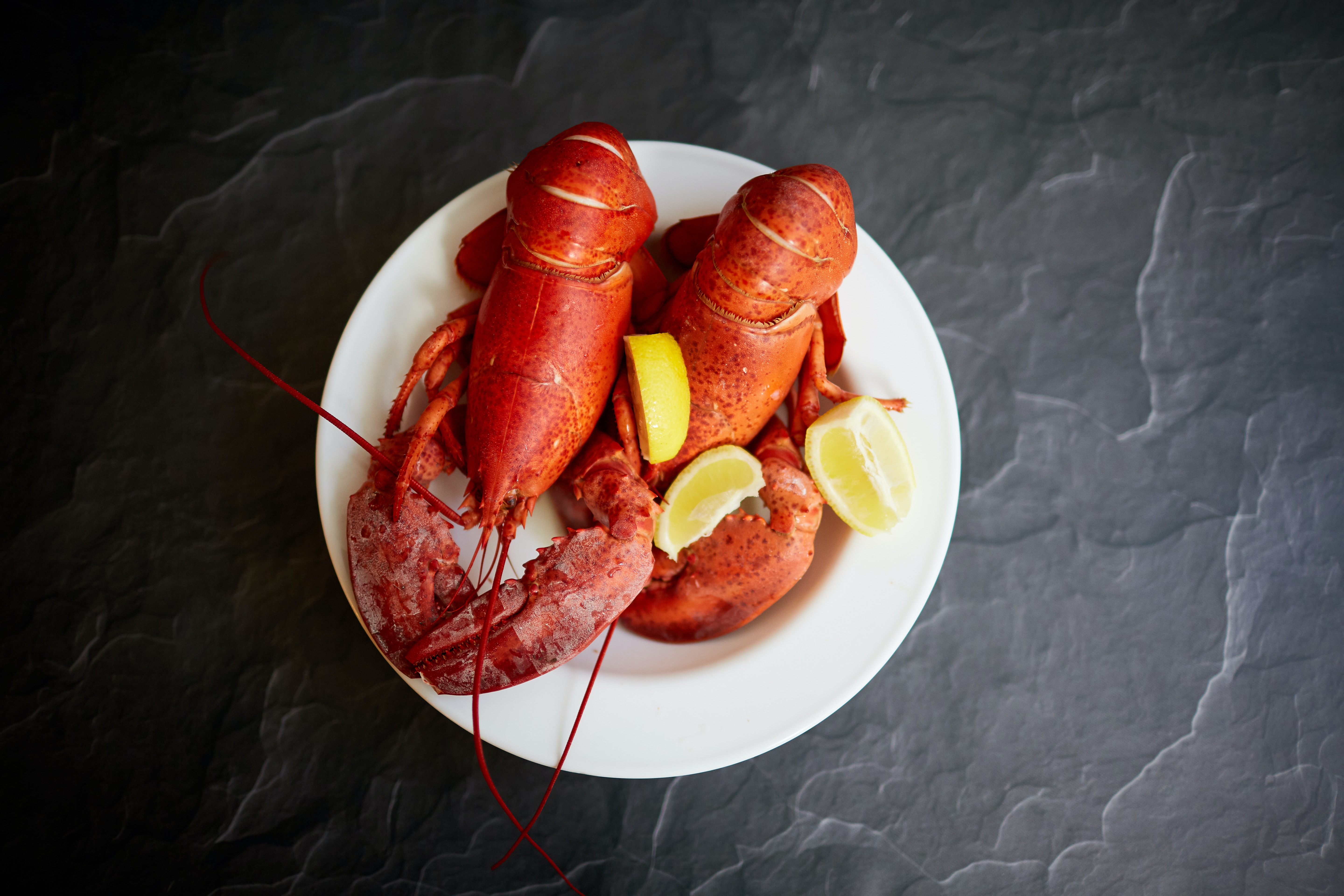


Condor operates a twice-weekly high-speed service to Normandy from Guernsey, offering a perfect long weekend away, midweek break or longer. Sailings run Thursdays/Fridays and Mondays, up to 25 September.
Browse ferries to Cherbourg here.

